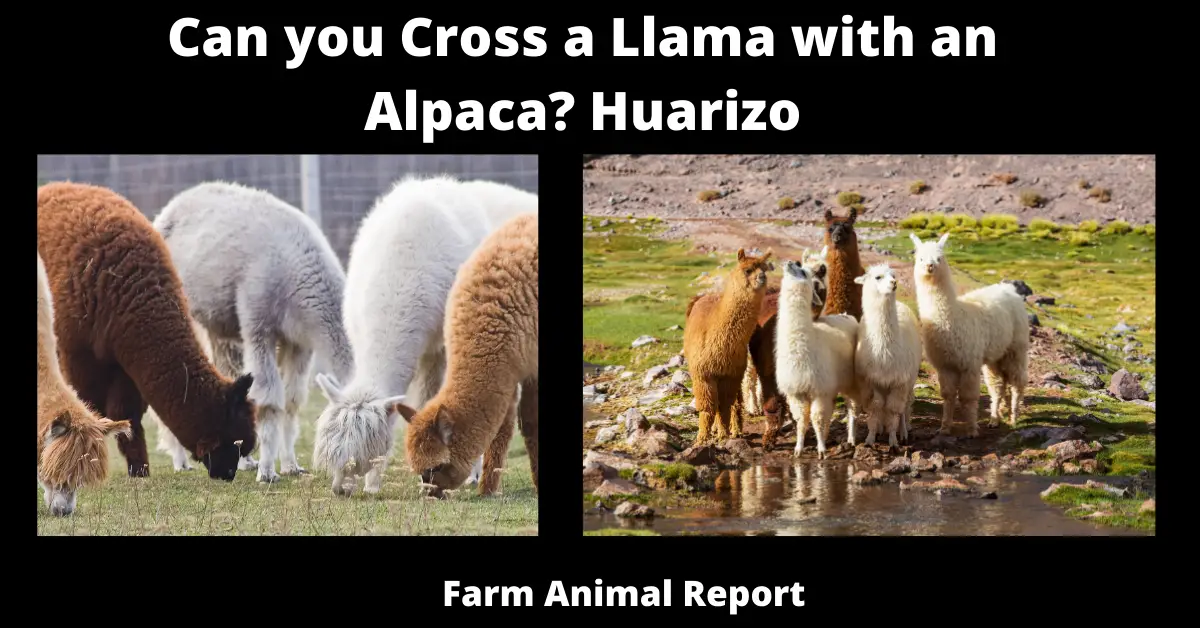. Llama and Alpaca Mix – The crossbreeding of Llama and Alpacas but the technical term is HUARIZO.
- If a male alpaca and a female llama are crossed, the offspring are dubbed “Huarizo.”
- If a male llama and a female alpaca are crossed, the offspring are dubbed “Misti.”
Llama and Alpaca Mix | Huarizo – Can Llamas and Alpacas Breed
As a General Rule Llamas and Alpacas can Breed their offspring are called Huarizo, The most intriguing aspect of huarizo is its bias. It is generally regarded as a sterile wild animal incapable of reproducing.
Huarizo – Can you cross a llama with an alpaca -Alpacas and Llamas are purely domesticated mammals with no evidence of their wild existence. These species are thought to have been bred from guanacos to be used as beasts of burden before or during the Inca Indian civilization. Can Llamas and Alpacas Breed?
See What Amazons Educational Resources for Raising LLamas
Humans have relied on llamas and alpacas for transportation for thousands of years due to their load-carrying abilities. In addition, they have piqued human interest due to the high quality of fleece they produce. Alpacas and llamas are classified into four lamoid species:
- Alpacas
- Llamas
- Vicuña
- Guanaco
Can Huarizo Breed?
Can Llamas and Alpacas Breed? Alpacas and Llamas are domesticated species, whereas the other two are wild.
The fascinating thing about these species is that they are all capable of interbreeding and producing fertile offspring. Alpacas are again classified into two appearance categories.
- Huacaya- crimpy sheep-like “wool.”
- Suri- silky dreadlocks
Can llamas and alpacas breed – Alpacas and Llamas can breed and produce fertile offspring far more lovable than the parent species due to their ability to acquire dominant characteristics from both parents.
Through advancements in inbreeding and genetic science, it has been determined that crossbreeding Alpaca and lama results in a unique offspring with a llama-like head and a tall alpaca-like body.
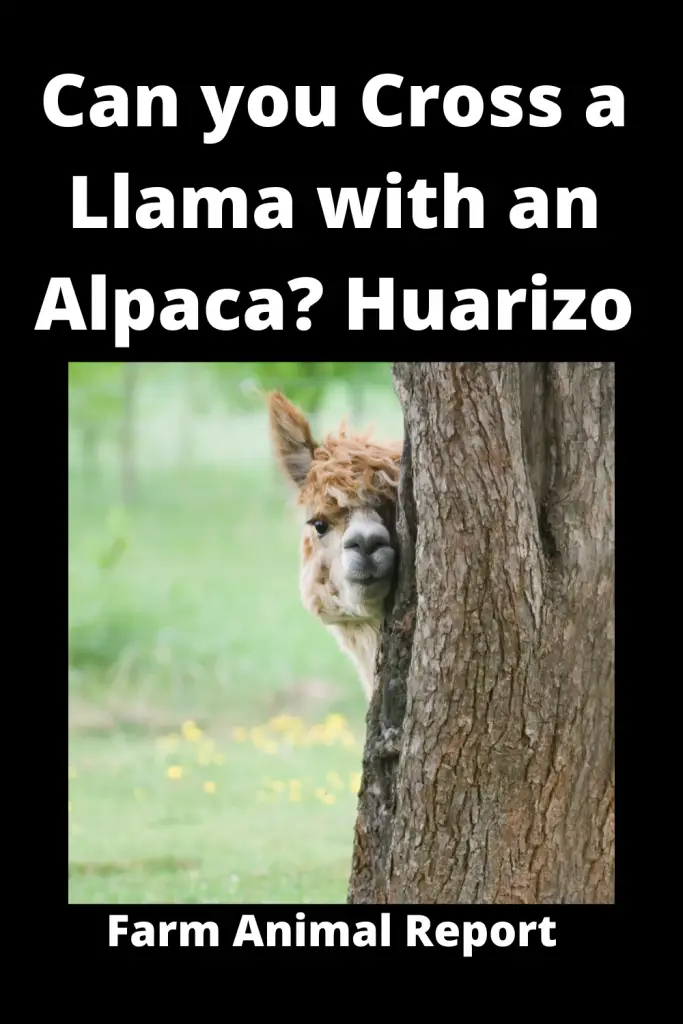
However, before breeding, the characters and lifestyles of both parents are analyzed to determine which characteristics the offspring will inherit. Both alpacas and llamas have very distinct personalities. The name of the offspring is determined by the parents, i.e., which species of male and female.
- If a male alpaca and a female llama are crossed, the offspring are dubbed “Huarizo.”
- If a male llama and a female alpaca are crossed, the offspring are dubbed “Misti.”
It’s critical to remember that these crosses are considered undesirable in their native Bolivia, Peru, and Chile.
Characteristics of Huarizo
Huarizo is the most frequently used technical term for alpaca llama crosses. Huarizo is endowed with numerous unique characteristics, which contribute to its popularity within the community. Huarizo are typically smaller than llamas, with longer fiber than their parents. The following features characterize Huarizo:
18 ways Alpaca Farmers make Money
Appearance
It resembles alpacas in terms of body size but is shorter in stature. However, the face resembles that of llamas.
Fiber
Huarizo produces coarser fiber than alpacas and llamas. Huarizo fabric is a wool fabric that is frequently blended with other fibers such as polyester to improve its quality. The huarizo’s primary use of fiber is in the garment industry, contributing to the huarizo’s lovability. This fiber is used to make fleece, which is used to make knitwear and other garments.
Crimp
Huarizo has a natural crimp, which means it has a breathable and warm natural elasticity.
Fertility
The most intriguing aspect of huarizo is its bias. It is generally regarded as a sterile wild animal incapable of reproducing. However, research performed at the University of Minnesota Rochester indicates that some genetic modifications may be necessary to preserve fertility.
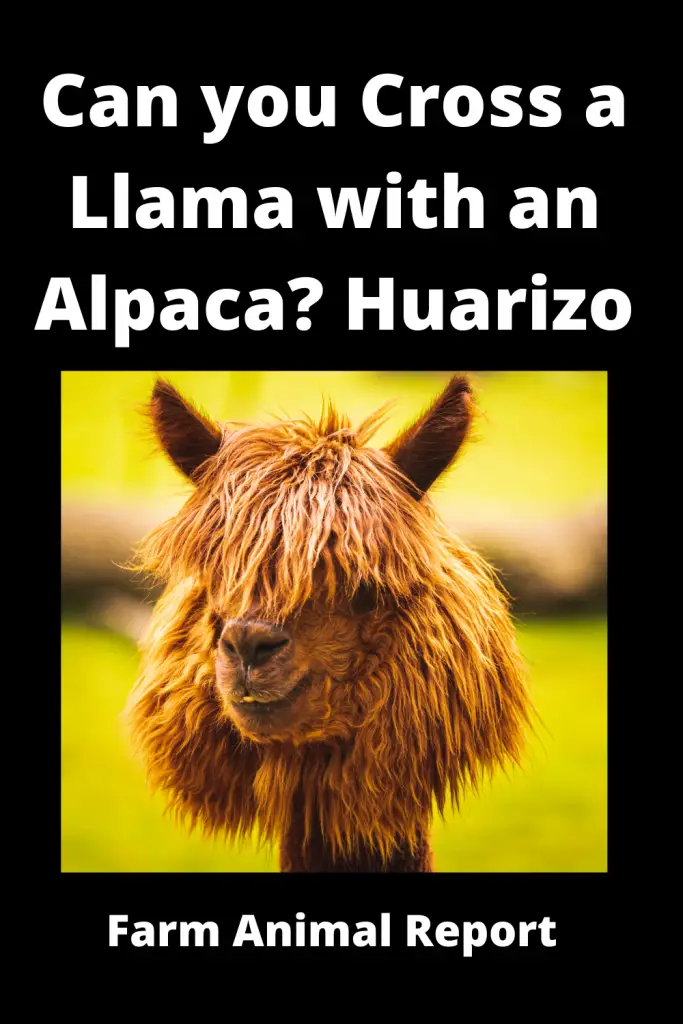
What difference between an Alpaca and a Llama? (Female | Male)
For a few thousand years, humans have relied on llamas and alpacas for transportation and fleece production. Both species are found primarily in Peru and Bolivia and are classified as Camelidae. Alpacas and llamas are two of the four lamoid species; their wild cousins are the vicuna and guanaco.
It’s worth noting that all four species are capable of interbreeding and producing fertile offspring.
While alpacas and llamas are frequently confused, they have significant differences. The physical differences between alpacas and llamas are most noticeable in their size, hair, and face shapes. Additionally, they differ in disposition, which has influenced how humans have used them over time.
The primary distinction between the two animals is their size. Alpacas are smaller, standing approximately 90 cm (35 inches) at the shoulder and weighing between 55 and 65 kg (121 to 143 pounds). Llamas are the largest lamoid, standing approximately 120 cm (47 inches) at the shoulder and weighing about 113 kg (250 pounds).
As a result, llamas will be significantly larger than their cousins. Their faces are also dissimilar: alpacas have small, blunt faces and short ears, whereas llamas have more elongated faces and ears the size of bananas.
Another significant distinction is their hairstyles. Alpacas have shaggy hair, which is used to produce fleece. In addition, their hair color varies considerably, ranging from whites and pale yellows to browns and blacks. Llamas have coarser hair and inferior wool, but breeders develop a llama breed with more refined, softer hair.
Llamas are typically used as pack animals by humans due to their ability to carry a substantial amount of weight. Each day, the average llama can take 45–60 kg (99–132 pounds) for up to 30 kilometers (18.6 miles).
Yet llamas have a bad reputation due to their reaction to being overburdened or mistreated, including spitting, kicking, lying down, or refusing to move. However, they are typically gentle creatures. On the other hand, alpacas are timider and prefer to remain with their herd. Therefore, Llamas can be used to guard livestock such as alpacas and sheep.
What is the Wool of an Alpaca (Alpaca Fiber Industry)
Alpaca fleece is one of the world’s highly prized natural fibers, a preferred material for luxury fashion designers and hand knitters. The material is exceptionally soft, lightweight, and durable, and alpaca fleece and yarn are a staple of winter wardrobes, appearing in everything from socks to hats to sweaters to coats and more.
Alpaca fiber is alpaca hair. Although the Alpaca is linked to the llama, alpacas are typically much smaller than their fellow camelid. Alpacas are classified into two breeds: huacaya and Suri, each producing a slightly different type of fiber. Additionally, alpacas come in 22 natural colors.
All alpaca wool fibers are extremely soft due to the small diameter of the fiber strands, and alpaca fiber is warmer and stronger than sheep’s wool because of the air pockets in the fiber that allow it to trap and contain more heat.
In addition, alpaca fiber is highly luxurious due to its soft and durable nature, making it an indispensable component of winter clothing.
Different Types of Alpaca Wool
Alpacas come in two distinct breeds, each of which produces a unique type of yarn.
Huacaya Alpaca:
Huacaya alpacas are the most common type of Alpaca, and their fiber is spongy with a natural crimp. This texture imparts an inherent elasticity to the fiber, which makes it an excellent choice for knitwear.
Suri Alpaca:
Suri alpacas have silky, long hair that resembles dreadlocks. The Suri alpaca fiber is crimpless, which makes it ideal for weaving. Suris alpacas are slightly rarer than Huacaya alpacas, as the breed was initially reserved for royalty during the Incan era.
Are Different Types of Alpaca better to Cross?
Although alpacas are similar to llamas, they serve a different purpose. While llamas were initially bred to assist with household chores, alpacas are raised for their fleece. Alpacas are grown similarly to sheep by breeders. There are two distinct alpaca breeds, which are primarily distinguished by the type of fleece they produce.
Alpacas can be Suri or Huacaya breeds, with Huacaya being far more prevalent—approximately 90% of alpacas in the America and up to 98 percent globally are Huacaya. Both species are similar in size and inhabit identical environments. Farmers shear both breeds of alpacas once a year, typically in the spring. The fleece, also known as alpaca fiber, is similar to sheep’s wool in that it can be spun into woven or yarn into fabric.
Texture of Coat
The primary distinction between the Suri and Huacaya breeds is their fleece type. The fleece of the Huacaya appears to be soft and fluffy. It grows directly from the body in tightly crimped curls that intertwine, providing exceptional protection against the elements.
The fleece is delicate and soft. Suri alpacas have longer wool that grows downward in curled locks that resemble curtains and has a smoother texture than Huacaya fleece. Suris frequently appear smaller than Huacayas due to their dense fleece; however, the alpacas are the same size beneath all that fiber.
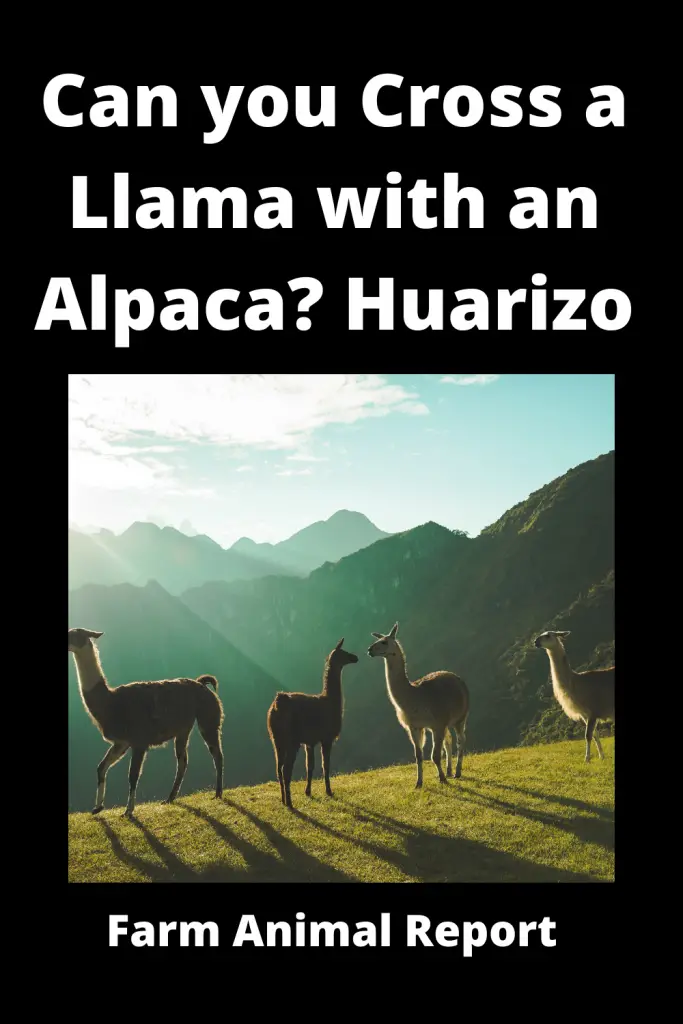
Coat Color
Both breeds of alpacas share several color characteristics, with a few exceptions. Both companies offer fleece in various colors, including black, tan, brown, and white. Huacaya fleece also comes in a variety of shades of gray, whereas Suris typically do not.
On the other hand, Suri fleece may contain Appaloosa markings, which are large spots of a different color, for example, white wool with large black areas.
Generally, Huacayas lack Appaloosa markings. Both types of fleece dye well, allowing you to alter the color to a certain extent; for example, it’s challenging to lighten dark fleece, but white and light-gray wool may work with various dyes.
Fleece Uses
Due to the differences in the fleece textures of the two breeds, the fiber is used slightly differently. Both are softer than sheep wool, making them ideal for clothing that comes into contact with the skin. Huacaya fleece, in particular, is used to make socks, mittens, and sweaters.
Suri fleece has a higher sheen and a slightly slicker feel, making it ideal for high-end outerwear such as coats and shawls.
Reproduction In Alpaca
Males in the act of mating or hoping for the opportunity to mate are referred to as “orgles” (sings). This ogling is believed to improve the female’s mood and also aids in her ovulation following mating.
Females are induced ovulators, which ovulate as a result of mating and the presence of male seed. Females occasionally conceive following single breeding (which can last anywhere from five minutes to well over an hour; males are slow but may have difficulty conceiving. Artificial insemination is technically challenging. Breeding stimulates ovulation, but it is possible.
Males are typically ready to mate for the first time between the ages of one and three. Between 12–24 months, a female alpaca can reach full maturity (physically and mentally).
Allowing a young female to breed until she reaches maturity is not recommended, as overbreeding a young female before conception is conceivable is a common cause of uterine (UTI) infections.
Due to the wide variation in maturation rates between individuals, it is generally recommended that novice breeders wait until females reach 18 months or older before breeding.
A young male’s organ is attached to the prepuce and typically does not detach until he is one to two years old. The penis is a long, thin, prehensile organ perfectly adapted to locating the female opening despite a fluffy tail, penetrating the skin (if present), navigating the female canal, and entering the cervical space; the seed is deposited.
Pregnancies typically last 11.5 months and two weeks and result in a single child or cria. Twins are extremely rare, occurring approximately once in every 1000 births, slightly less than the proportion of twins in human births. After giving birth, a female is generally receptive to breeding again approximately two weeks later.
At about six months and 60 pounds, crias can be weaned via human intervention. On the other hand, many breeders prefer to leave it up to the female to decide when to wean her offspring. Weaning can occur sooner or later, depending on the size and emotional maturity of the offspring.
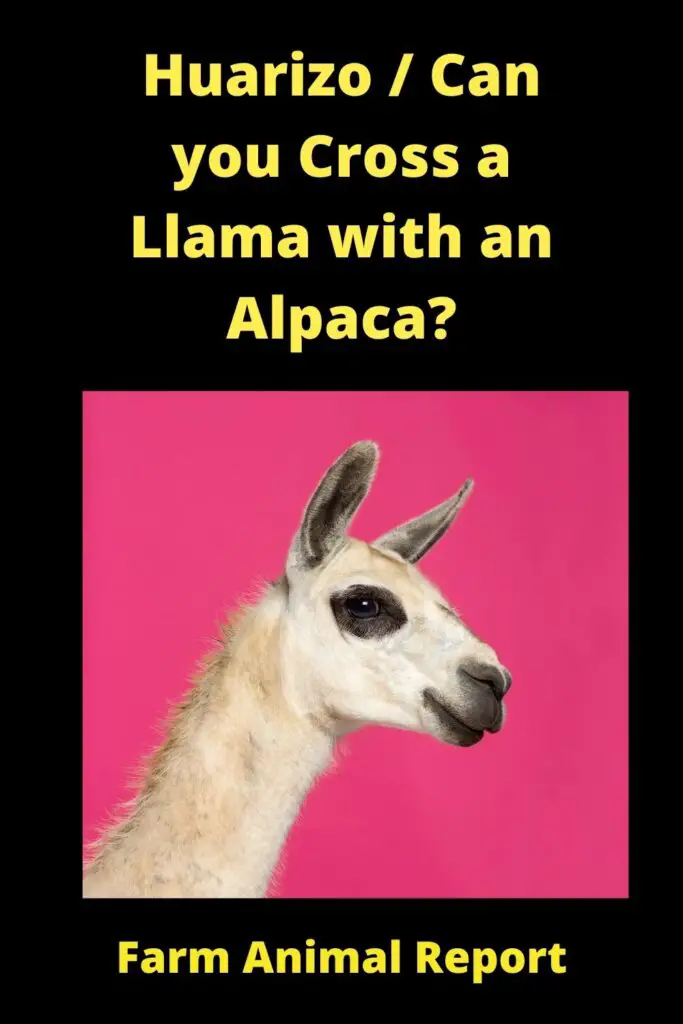
Gestation of a Cross Breed Between Alpaca and a llama
Alpacas and llamas can cross successfully. Huarizo is the resulting offspring, which are prized for their unique fleece and gentle dispositions. Alpacas have an 11-month gestation period and almost always have single births.
Alpacas are herd animals that live in family groups composed of alpha males, females, and young. Alpacas alert the herd to intruders by making loud, sharp inhalations that resemble a high-pitched bray. In addition, the herd may use their front feet to attack smaller predators and may spit and kick.
While not all alpacas spit, they are all capable of it.
Although alpacas spit primarily at other alpacas, an alpaca will occasionally spit at a human. The majority of alpacas despise being grabbed. While some alpacas tolerate being stroked or petted anywhere on their bodies, many are opposed to having their feet, lower legs, and, in particular, their abdomen touched or handled.
Did you know that alpacas do not lick their babies clean after birth? Instead, they stand guard over them and allow them to dry naturally. This is true. This is because their tongues are insufficiently long to emerge from their mouths.
Will Alpaca and Llama Breed Naturally
Alpacas originated in Peru, Chile, and Bolivia and have been domesticated for thousands of years. There are no wild alpacas; they are believed to be descended from the South American vicuna. They are distant relatives of llamas, which fell from the guanaco. Camelids are a collective term for these four species of animals.
Alpacas come in two varieties: huacaya (with crimpy sheep-like “wool”) and suri (with silky dreadlocks). Suris are much rarer than huacaya, accounting for between 6% and 10% of the alpaca population. The suri is probably rarer because it is less hardy in South America’s harsh mountain climates, as the style of its fleece provides less protection from the cold.
Alpacas, both Suri and Huacaya, are predominantly white. This is because selective breeding has favored white fleece. After all, bulk white wool is more marketable and can be dyed in any color. On the other hand, Alpacas come in 22 natural colors, ranging from true blue-black to browns and fawns to white, as well as silver greys and rose greys.
Traditionally, Andean inhabitants consumed alpaca meat fresh, fried, or stewed. However, alpaca meat is experiencing a renaissance of popularity in Peru, where it is relatively easy to find in upscale restaurants.
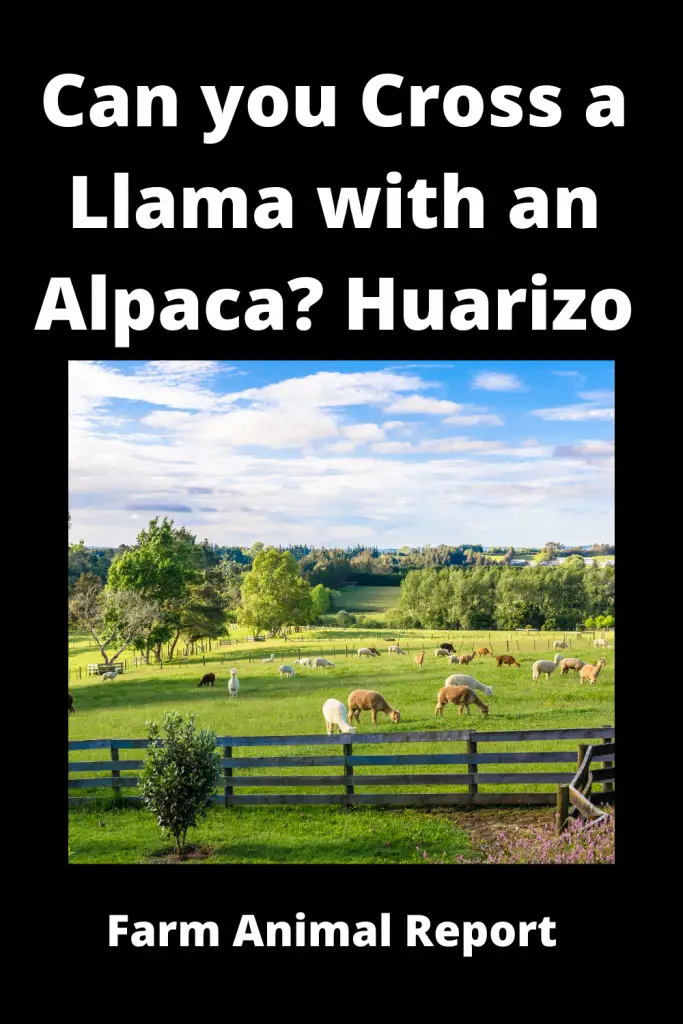
Health Problems Alpacas Breed with Llama
Premature and Weak Crias
Premature crias frequently require assistance to stand and will almost certainly require supplemental feeding. The first step is to assist the cria in feeding independently, if possible. Certain premature babies may nurse if you help them to their feet and place them beneath the dam’s udder.
After a few nursings, the cria may be strong enough to stand and nurse independently, resolving the problem. If the cria is unable to nurse while being held beneath the dam, supplemental feeding (discussed later) is necessary.
Other Medical Problems
These crias are unable to nurse due to various medical conditions, including leg problems or infection. While some cases may be amenable to on-farm treatment, consultation with your veterinarian will be required.
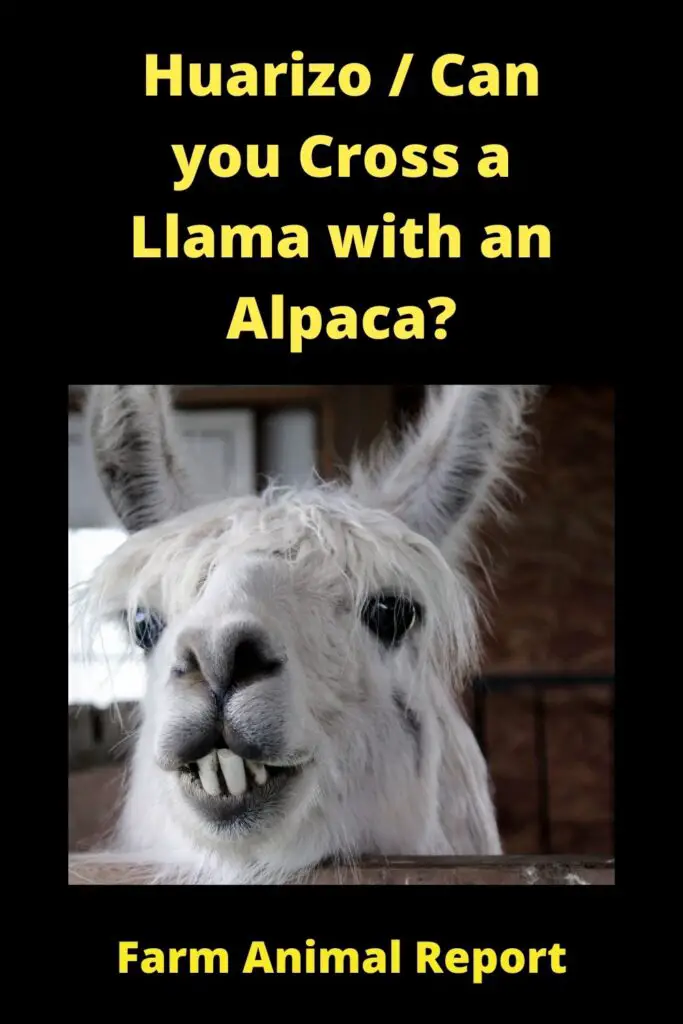
Behavior
A sizable proportion of cria nursing problems are behavioral. The ‘wall baby’ is a frequent occurrence. These crias struggle to understand that their mother is the source of milk and will nurse various objects in dark corners.
Moving the mother and cria out of the stall and into a separate pasture regularly will help. If it is impossible to move the cria outside due to the weather, illuminating the stall with bright light can help. The cria will instinctively seek nursing in the darkest corner, usually under mom in a field or brightly lit stall.
Another group of crias that poses a problem is the ‘dummies’ (neonatal maladjustment syndrome). These crias experienced a complicated birth and may have sustained brain damage as a result of hypoxia.
These crias range in condition from slightly disoriented and unsteady on their feet to blind, unable to stand, and prone to convulsions. While severe problems necessitate professional assistance, some milder issues can be managed with proper nursing care.
This may include assisting the cria to its feet, rubbing the body and limbs periodically to stimulate circulation, and administering supplemental feedings as necessary. Additionally, it is critical not to give up on these crias too soon. Certain crias are remarkably resilient and will recover completely within the first three to six days after birth.
Cleft Palate
If milk begins to flow from the cria’s nose following or during nursing, be suspicious that the cria has a cleft palate. This is a developmental anomaly characterized by incomplete separation of the mouth and nose. As a result, when the cria nurses, some of the milk drains out through the nose.
As with many of the other issues discussed in this section, the severity of cleft palates varies significantly. The mouth and nose are connected for the majority of their length in extreme cases.
This cria will almost certainly be unable to nurse at all, as it cannot create a vacuum in its mouth to suck milk from the udder. A few drops of milk coming from the nose may be the only sign of a problem in a mild cleft palate.
Hypothermia
There are two reasons why it is critical to warm the cria. The most obvious difference is that the cold cria will remain stationary and not aggressively nurse.
The second reason is that chilled crias’ milk has a tendency to sit in their stomachs and is poorly digested. In the worst-case scenario, the milk begins to curdle and ferment, resulting in additional complications. The bottom line is to acclimate the cria before initiating supplemental feeding.
Dam problems: Mastitis
Mastitis is a mammary gland infection. Mastitis symptoms include gland enlargement, tenderness, and excessive warmth. In addition, the dam’s infected udder may be incredibly tender, and she may refuse to nurse the cria.
We also Have our extensive Guide here – 18 Ways to Make Money Alpaca Farming
Final Thought
A crossbreed of llamas and alpacas in the form of huarizo resolved numerous issues for those seeking to combine the characteristics of multiple species in a single animal. Farm desire verdict: It determines a significant point of contention regarding “can llamas and alpacas breed?” Huarizo possesses major fiber, body shape, body size, face shape, and load-carrying characteristics


